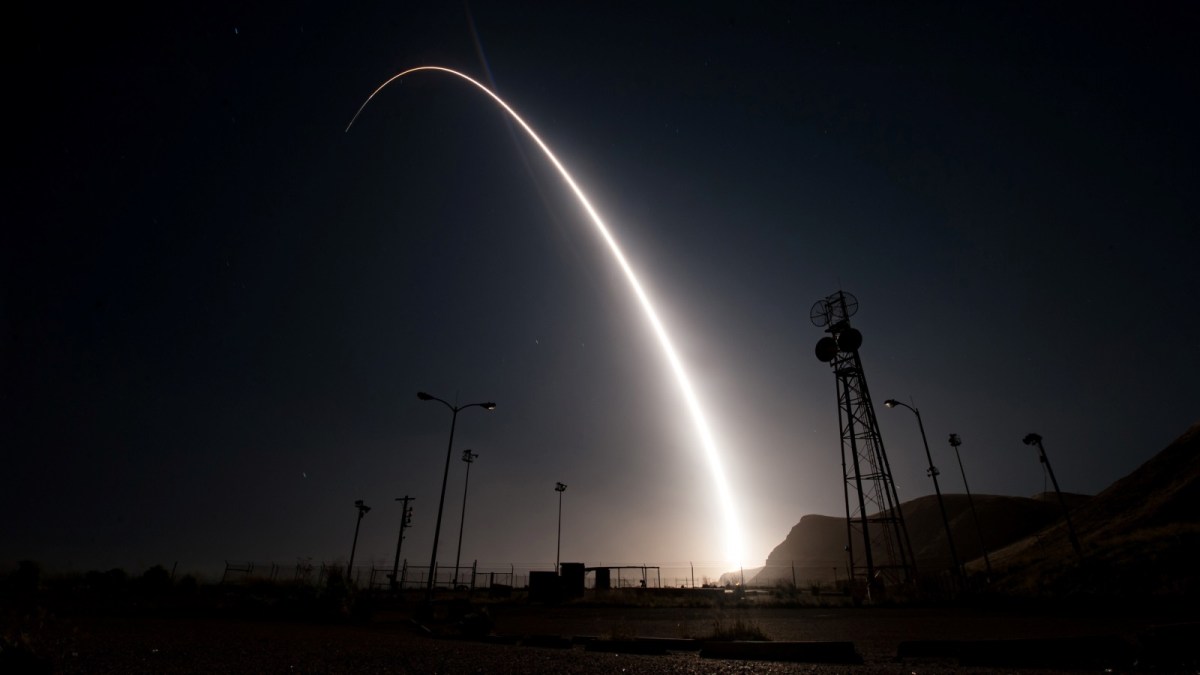The US military said in a statement that it had conducted a test of an unarmed Minuteman 3 ICBM, as part of a test that showed the readiness of the US nuclear force, according to the statement.
The experiment took place at 12:49 pm Pacific Time, at the Vandenberg Space Force Base in California, according to the statement.
The statement added that the test launch "is part of the routine and periodic activities aimed at demonstrating that the United States' nuclear deterrent is safe, reliable and effective to confront the threats of the 21st century and reassure the country's allies."
The US military explained that the Minuteman 3 missile test was postponed earlier to avoid an escalation of tension with China during its show of force near Taiwan this August, adding that the test took place after notifying the Russian government in advance, in accordance with the provisions of the New START treaty. .
China has deployed dozens of aircraft and launched missiles using live ammunition in the Taiwan Strait after US House Speaker Nancy Pelosi visited the self-governing island, which China considers part of its territory.
In this regard, Major Armand Wong, commander of the test launch task force, said in the same statement that "the scheduling of test launches took place earlier, and therefore it is not a reaction to global events," noting that about 300 of these tests were conducted from before and was not the result of any particular global event.
In the first comment from Moscow, Russian Defense Minister Sergei Shoigu said that the negotiation of a new "START" treaty should take place in both directions between Moscow and Washington.
The Minuteman 3 ICBM capable of carrying nuclear warheads;
An essential part of the US military's strategic arsenal, it has a range of more than 9,660 kilometers and can fly at a speed of nearly 24 thousand kilometers per hour.
The United States has 400 Minuteman 3 ICBMs.
The service of these missiles is secured by 10,000 US military personnel in solid underground silos in 5 US states.
Russia and the United States have - by far - the largest arsenals of nuclear warheads after the Cold War.

